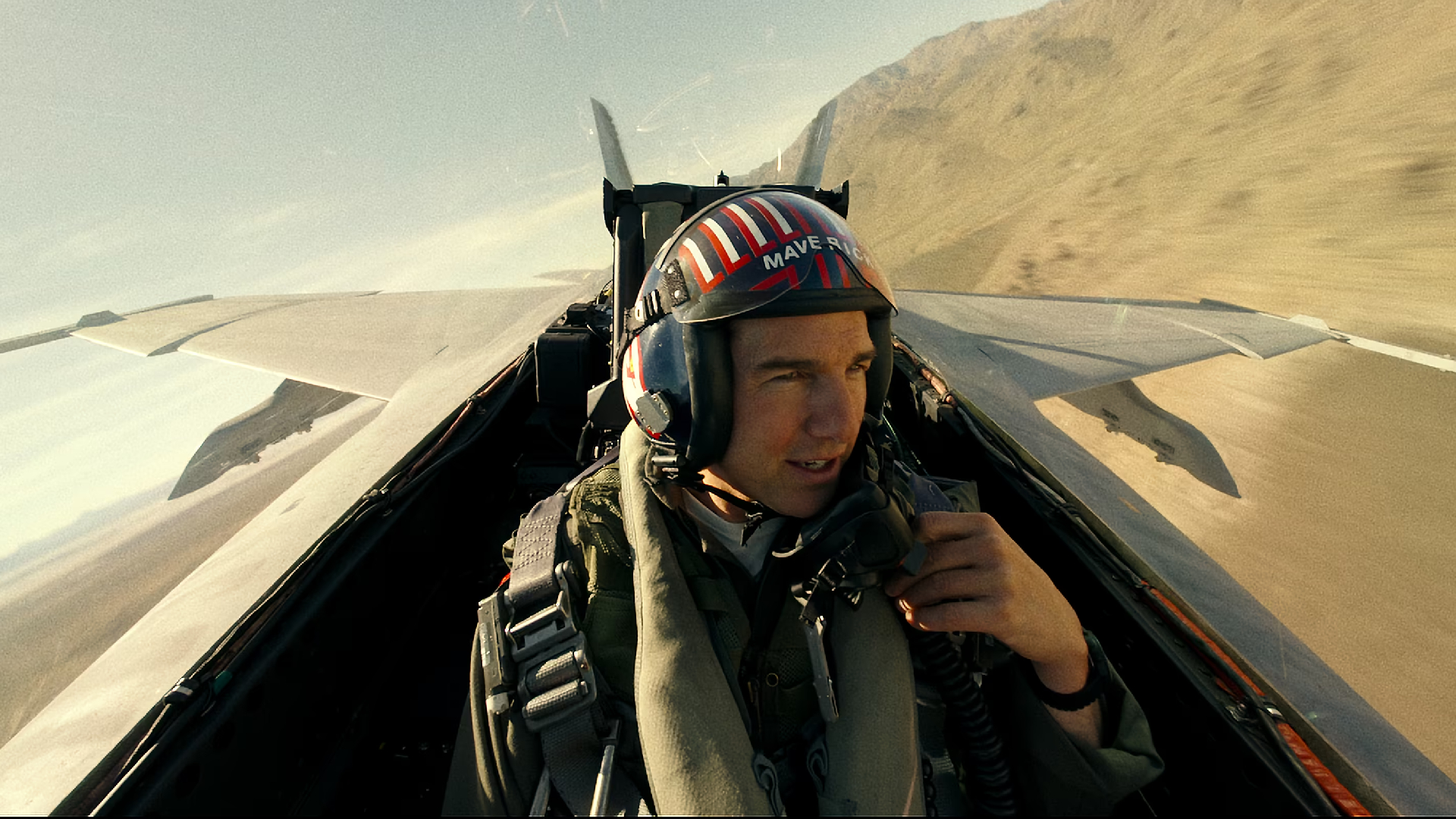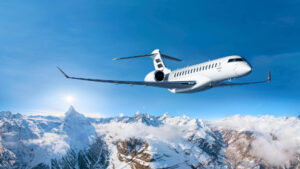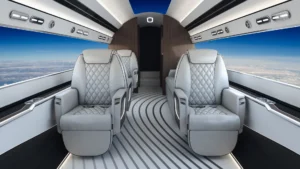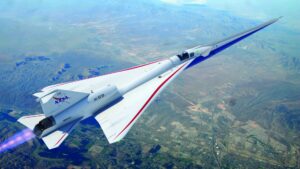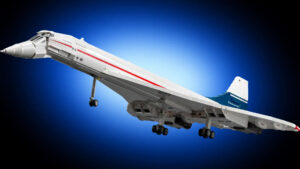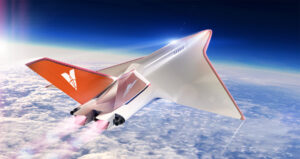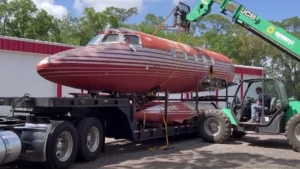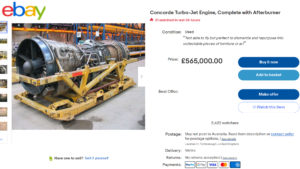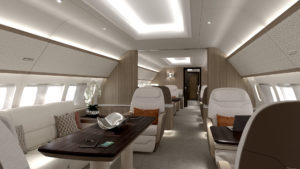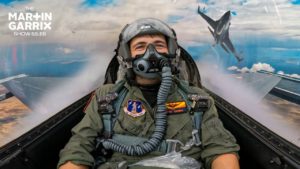Authenticity comes at a premium. Just ask Paramount Pictures. As Bloomberg reports, using an F/A-18 Super Hornet fighter jet to capture those breathtaking aerial sequences featured in Top Gun: Maverick cost as much as US$11,374 / AU$15,822 per hour.
Government regulations prohibit non-military personnel from handling a Defense Department asset other than small arms in training scenarios, explains Chief of the Pentagon’s entertainment media office, Glen Roberts. So neither Tom Cruise nor any of the other cast members were allowed to touch the controls — despite the man behind Captain Pete “Maverick” Mitchell’s real-life aviation credentials.
Instead, the actors rode shotgun behind actual F/A-18 pilots after completing the required training on how to eject from the advanced combat aircraft in an emergency and survive at sea.
RELATED: Tom Cruise Pilots Helicopter Onto Aircraft Carrier For ‘Top Gun – Maverick’ Premiere
“The Mission: Impossible star — famous for performing his own stunts — insisted that all the actors portraying pilots on the long-delayed Top Gun: Maverick film fly in one of the fighter jets built by Boeing Co. so they could understand what it feels like to be a pilot operating under the strain of immense gravitational forces,” writes Daniel Flatley & Kelly Gilblom of Bloomberg.
“Cruise, 59, had also flown in a jet for the original Top Gun — a smash hit in 1986. He ended up flying more than a dozen sorties for the new movie.”
“Tom kinda built like a flight plan for myself and all the other young actors that were going to be in the jet,” Miles Teller – who portrays Lieutenant Bradley “Rooster” Bradshaw – revealed to BH during a recent interview.
“We started in the Cessna, which is the basic aircraft that you start in if you want to get your pilot’s license. So we started with that and we kept moving up… the flight training became more and more aggressive. And yeah, it’s really tough, like you said, to get in a fighter jet with these pilots, and to sit in a briefing.”
“It was a lot. There were a lot of things you had to think about when you were up in the jet but it was worth it. They didn’t think we’d be able to get one camera in the cockpit. We were able to get six in there.”
“It’s a pretty special feeling to be able to work with an actor of Mr Cruise’s magnitude,” Jon Hamm – who portrays Vice Admiral Beau “Cyclone” Simpson – told BH during the same interview junket.
“He’s one of the last kind of true movie stars with a capital ‘M’ and a capital ‘S.’ They don’t make ’em like that anymore, really. It was pretty fun to come to work, I’ll say that.”
RELATED: Steven Spielberg Tells Tom Cruise He “Saved Hollywood’s Ass” With ‘Top Gun: Maverick’

According to military publication SOFREP, however, the true operating cost of an F/A-18 Super Hornet fighter jet is closer to double the headline-making amount, hovering around the US$22,000 benchmark — meaning Paramount Pictures, director Joseph Kosinski, as well as the wider Top Gun: Maverick production may have actually landed quite the bargain.
Here’s the explanation from an article entitled ‘Why Sloppy Accounting Is Destroying the US Fighter Inventory’ penned by former F/A-18 Hornet pilot and Harvard Business School graduate Brett Odom, CFA + CMA (All $$$ = USD):
Consider the two-seat, twin-engine F/A-18F. The DOD rate for the aircraft is $10,507 per flight hour.
The Hornet burns approximately 1,100 gallons of jet fuel in an hour. At $3 per gallon, the fuel cost tallies to $3,300. We assume aircrew compensation rates for an O-3 with more than 6 years of service and add 35% to account for fringes such as taxes, healthcare, and leave. For a pilot and Weapons System Officer each earning $125,000 per year, flying 200 flight hours annually, the cost is $625 per flight hour or $1,250 for both crew.
Rotables – the multitude of parts and components with unique service lives – have to be accounted for. These range from a $100 oil filter with a 50-hour service life, to a $4 million engine with a sequence of inspections and overhauls over a 4,000-hour life. We estimate about $1,500 per flight hour for each engine – $3,000 total for the Hornet – and about $500 per hour for other rotables.

Sorties depend on a dedicated team of squadron maintainers, NCOs, and administrative personnel to support flight operations. With a complement of 180 enlisted and officer personnel (not including aircrew), at an average salary of $50,000 plus fringes, we calculate squadron labour costs at $12 million. For the average Hornet squadron flying about 4,000 hours per year, we calculate a cost of $3,200 per flight hour. (Note that we’ve ignored facilities and other costs, such as travel, for simplicity).
Adding these costs together, we get to a number remarkably close to the DOD’s published rates: $11,250 compared to $10,507 (or $11,140 for non-DOD users).
But what about the capital cost of the aircraft? The advertised flyaway cost of the F/A-18F is about $65 million. With an expected life of 6,000 flight hours, the amortized capital cost of the asset is $10,800.
There are valid reasons to ignore capital costs and treat them as sunk costs in certain situations. However, by ignoring capital costs, the Department of Defense is implicitly stating that its fighter aircraft are free, or – like the pyramids – they can be expected to function forever.
The true operating cost of the Super Hornet is closer to twice the published DOD rate – about $22,000, not $10,507, per flight hour.
Brett Odom, CFA, CMA – FORMER F/A-18 HORNET PILOT & HARVARD BUSINESS SCHOOL GRADUATE
Whatever the case, the cost of using an F/A-18 Super Hornet fighter jet (or several) has not only paid off in a visual sense — it’s already being recuperated in the box office after Top Gun: Maverick was officially cleared for takeoff last week.
Raking in a hefty US$151 million / AU$210 million in North American cinemas with another US$109.5 million / AU$152 million from international theatres, across its debut weekend alone, the long-awaited sequel has already soared beyond US$260 million / AU$362 million worth of revenue against a US$170 million / AU$236.5 million production budget.
In terms of both cultural hype and the dollar figure, this bad boy’s on track to become the biggest Tom Cruise movie ever. How good.
Now that you’ve read all about how much the fighter jet sequences featured in Top Gun: Maverick cost, check out our spoiler-free review here and our one-on-one interview with cast members Jon Hamm and Miles Teller here.
